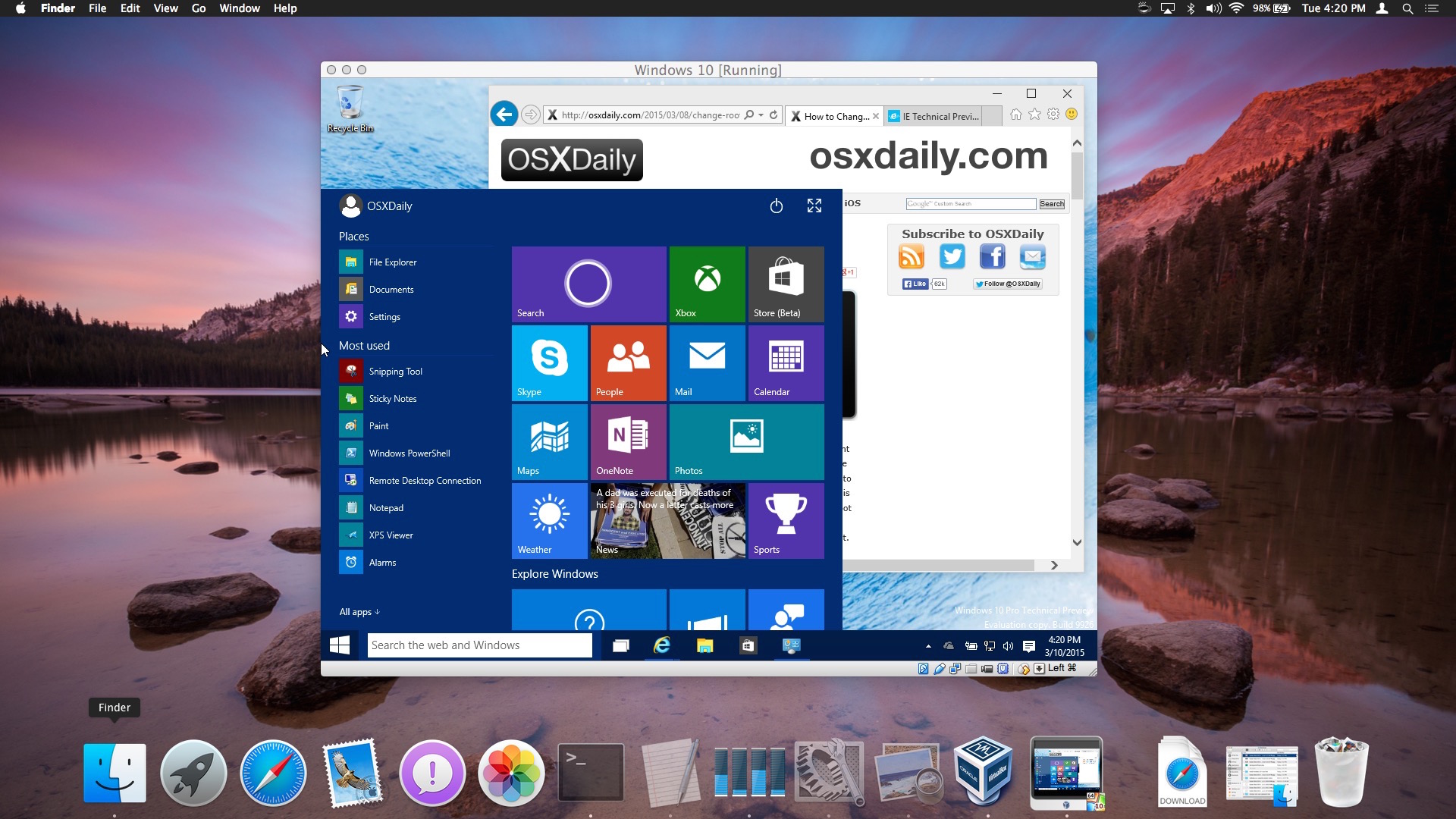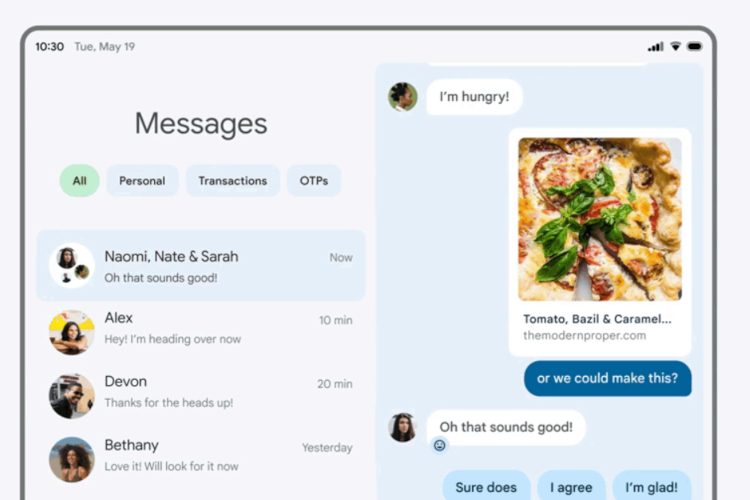
- HOW TO USE MAC OS ON WINDOWS 10 INSTALL
- HOW TO USE MAC OS ON WINDOWS 10 UPGRADE
If the USB flash drive is not working with TransMac, it could still be a partition problem. Create a GPT partition on a USB flash drive

HOW TO USE MAC OS ON WINDOWS 10 UPGRADE
Once you complete the steps, you can now insert the USB flash drive on your Mac computer to install, reinstall, or upgrade the operating system to the latest macOS version, which can be Sierra, Catalina, Big Sur, Monterey, or higher. TransMac creates a macOS USB bootable drive warning. Select dmg macOS file to create a bootable USB drive dmg file with the macOS installation files. Right-click the USB flash drive and select the Restore with Disk Image option from the left navigation pane.Ĭlick the Yes button to confirm the erase of the USB flash drive data.
HOW TO USE MAC OS ON WINDOWS 10 INSTALL
To create a bootable USB drive with macOS, use these steps:ĭownload and install TransMac on Windows 10.
One high-quality USB flash drive with 16GB of storage.Ĭreate macOS bootable USB installation media. Broken Mac computer running macOS (version 10, 11, 12, or higher). Create GPT partition on a USB flash driveīefore proceeding, you’ll need the following:. Create macOS bootable USB installation media. In this guide, you will learn the steps to create a macOS Monterey bootable USB installation on Windows 10, which you can use to reinstall or upgrade the Apple OS. You can use a Windows 10 (or 11), Windows 8.1, or Windows 7 device to quickly create a USB bootable installation media to reinstall macOS Monterey, Big Sur, or Catalina on your Mac. However, if none of your devices (MacBook, MacBook Air, MacBook Pro, iMac, Mac Pro, or Mac Mini) are not working when you need them the most, you can use a Windows computer to rescue your Apple device. This is one of the main reasons you should consider making a macOS bootable USB when your device works properly. If the unexpected happens with an Apple computer, you can use a macOS bootable USB with the installation media to repair it. It’s just a matter of time until your computer will refuse to start, which could happen for many reasons, including (and not limited to) file corruption, hardware failure, and buggy update. 

It does not matter whether you use macOS, Windows 10, or Windows 11.







 0 kommentar(er)
0 kommentar(er)
